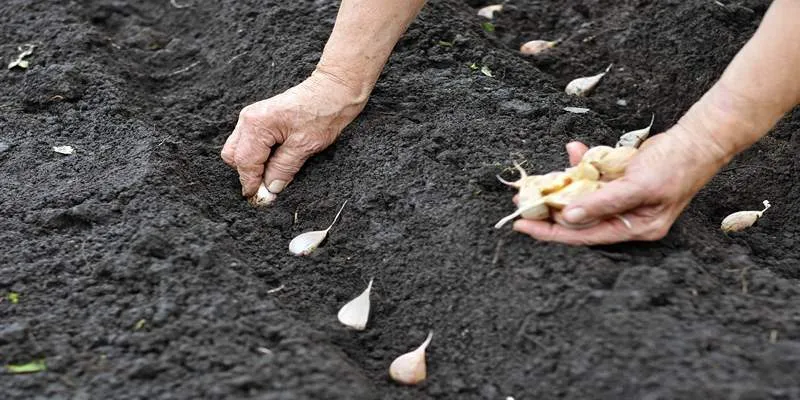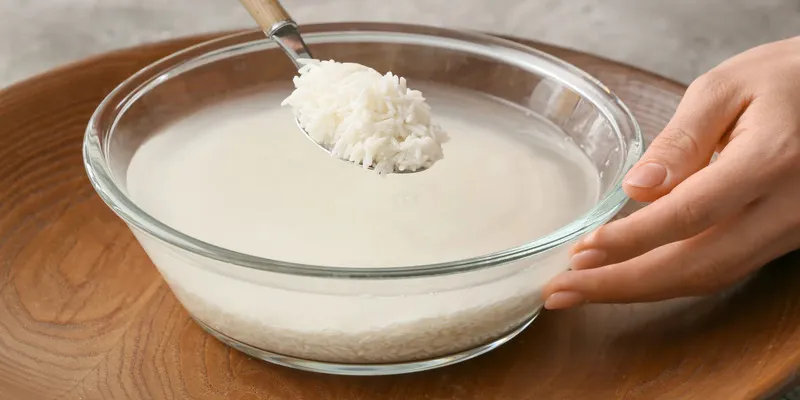Planting Garlic Made Easy: A Comprehensive Guide for Home Gardeners
Home gardeners find immense satisfaction in growing their own garlic, a staple ingredient in many kitchens. Not only does garlic enhance the flavor of meals, but using your homegrown bulbs also provides a sense of accomplishment.
Growing garlic is simple if you adhere to specific timing and planting techniques coupled with proper garden care. This guide will walk you through the complete process of garlic cultivation , from selecting suitable varieties to harvesting your mature crop.
Garlic thrives in various climates and requires minimal space, making it an ideal choice for any garden size. By planning ahead, you can successfully cultivate a bountiful garlic harvest. Let’s delve into the entire procedure necessary for successful garlic production.
Choose the Right Garlic Variety
The first step in growing garlic is selecting the right variety for your climate and growing conditions. There are two main types of garlic: hardneck and softneck. Each has unique characteristics, so understanding these differences is crucial for making the right choice.
Hardneck Garlic
- Best for cold climates : Hardneck garlic varieties thrive in cooler climates with cold winters.
- Stronger flavor : Typically, hardneck garlic has a stronger, more intense flavor.
- Produces scapes : Hardneck garlic produces curly flower stalks called “scapes,” which are edible and have a mild garlic flavor.
- Bulb structure : Hardneck garlic bulbs usually have fewer, but larger, cloves.
Softneck Garlic
- Best for mild climates : Softneck garlic is better suited for warmer climates and can tolerate mild winters.
- Milder flavor : Softneck garlic tends to have a milder flavor and is often used in processed garlic products like garlic powder.
- No scapes : Softneck garlic does not produce scapes, making it easier to store.
- Bulb structure : Softneck garlic bulbs are generally larger and contain more cloves than hardneck varieties.
Once you choose your variety, ensure you purchase high-quality garlic bulbs from a reputable supplier. Avoid using store-bought garlic, as it may not be suitable for planting and could carry diseases.
Planting Garlic: When and Where

Garlic needs to be planted at the right time and in the right location to grow successfully. The timing of your planting largely depends on your climate.
When to Plant Garlic
Typically, garlic is planted in the autumn, about 4-6 weeks before the first hard frost. This timing allows garlic to establish strong roots before cold weather sets in. In warmer climates with mild winters, you may plant garlic in early winter or even early spring.
If you live in a region with harsh winters, planting garlic in the fall allows it to undergo cold vernalization, which is crucial for bulb development. In warmer regions, spring planting ensures the garlic receives enough chill time during cooler months.
Where to Plant Garlic
Garlic grows best in well-drained, loamy soil with a slightly acidic pH (around 6.0-7.0). Choose a location that receives full sun, as garlic needs plenty of sunlight to grow strong and healthy. Enrich the soil with organic matter by adding compost to boost fertility.
It’s also essential to plant garlic in an area with good air circulation to prevent fungal diseases. Raised beds, containers, or a small garden plot are suitable options for growing garlic.
Planting Garlic Cloves
Once you’ve chosen the right location and time for planting, it’s time to plant the garlic cloves. Follow these steps for proper planting:
Step 1: Prepare the Soil
Loosen the soil to a depth of at least 4-6 inches, removing any weeds and debris. Add compost or well-rotted manure to improve soil fertility and drainage. Garlic prefers slightly loose and well-draining soil, so avoid heavy clay soils.
Step 2: Separate the Cloves
Garlic bulbs consist of several individual cloves. Gently separate the cloves from the bulb, taking care not to damage them. Plant each clove individually, leaving the papery skin intact. Choose only the healthiest, largest cloves for planting, as they yield the best bulbs.
Step 3: Plant the Cloves
Plant garlic cloves with the pointed end facing up and the flat root end facing down. Space the cloves about 6 inches apart in rows, with each row at least 12 inches apart. Plant the cloves 2-3 inches deep into the soil. If planting in containers, ensure the container has good drainage to prevent waterlogging.
Step 4: Mulch the Bed
Use a thick layer of mulch, such as leaves, straw, or grass clippings, to cover the garlic bed after planting. Mulch helps retain soil moisture, suppress weeds, and protect garlic from harsh winter temperatures. A 4-6 inch layer of mulch is ideal.
Caring for Your Garlic Plants

Garlic requires relatively low maintenance but needs consistent care throughout its growing season. Follow these tips to keep your garlic plants healthy and productive:
Watering
Garlic needs consistent moisture, especially during the growing season. Water the plants deeply but infrequently to encourage deep root growth. Avoid overhead watering, as wet foliage can promote fungal diseases. Generally, garlic requires more water during the spring when the plants are growing rapidly.
Fertilizing
Garlic is a heavy feeder and benefits from periodic feeding. Apply a balanced fertilizer or organic compost in early spring as the plants start to grow. Avoid over-fertilizing, as this can lead to excessive leaf growth at the expense of bulb development.
Weeding and Pest Control
Keep the garlic bed weed-free, as weeds compete for water and nutrients. Hand- pulling weeds is often the best method, especially around garlic’s shallow roots. Garlic is relatively resistant to pests, but watch for aphids, thrips, and other garden insects. If pests become an issue, use organic insecticidal soap or neem oil to control them.
Harvesting Garlic
Garlic is ready to harvest in mid to late summer, typically around 8-9 months after planting. The key to knowing when to harvest is the appearance of the leaves. Harvest when the lower leaves begin to yellow and die off while the upper leaves remain green.
Step 1: Digging Up the Garlic
Use a garden fork or shovel to loosen the soil around the garlic plants carefully. Avoid damaging the bulbs while digging them up. Gently pull the garlic plants out of the ground by the stems.
Step 2: Drying and Curing
Once harvested, garlic needs to be cured to prevent rot and enhance its flavor. Hang the garlic bulbs in a cool, dry, and well-ventilated area for 2-3 weeks. Alternatively, lay them out in a single layer on a screen or tray. After curing, trim the roots and stems to about 1 inch, leaving the papery skins intact.
Step 3: Storing Garlic
After curing, store the garlic bulbs in a cool, dry place with good air circulation. Softneck garlic can be braided and hung, while hardneck garlic is typically stored in mesh bags. Properly stored garlic can last for several months.
Conclusion
Growing garlic is a simple yet rewarding gardening project that anyone can undertake. With the right variety, proper planting techniques, and attentive care, you can enjoy homegrown garlic bursting with flavor. Whether you’re growing it for culinary use or experiencing the joy of harvesting your own crops, garlic is a versatile and valuable addition to your garden.






